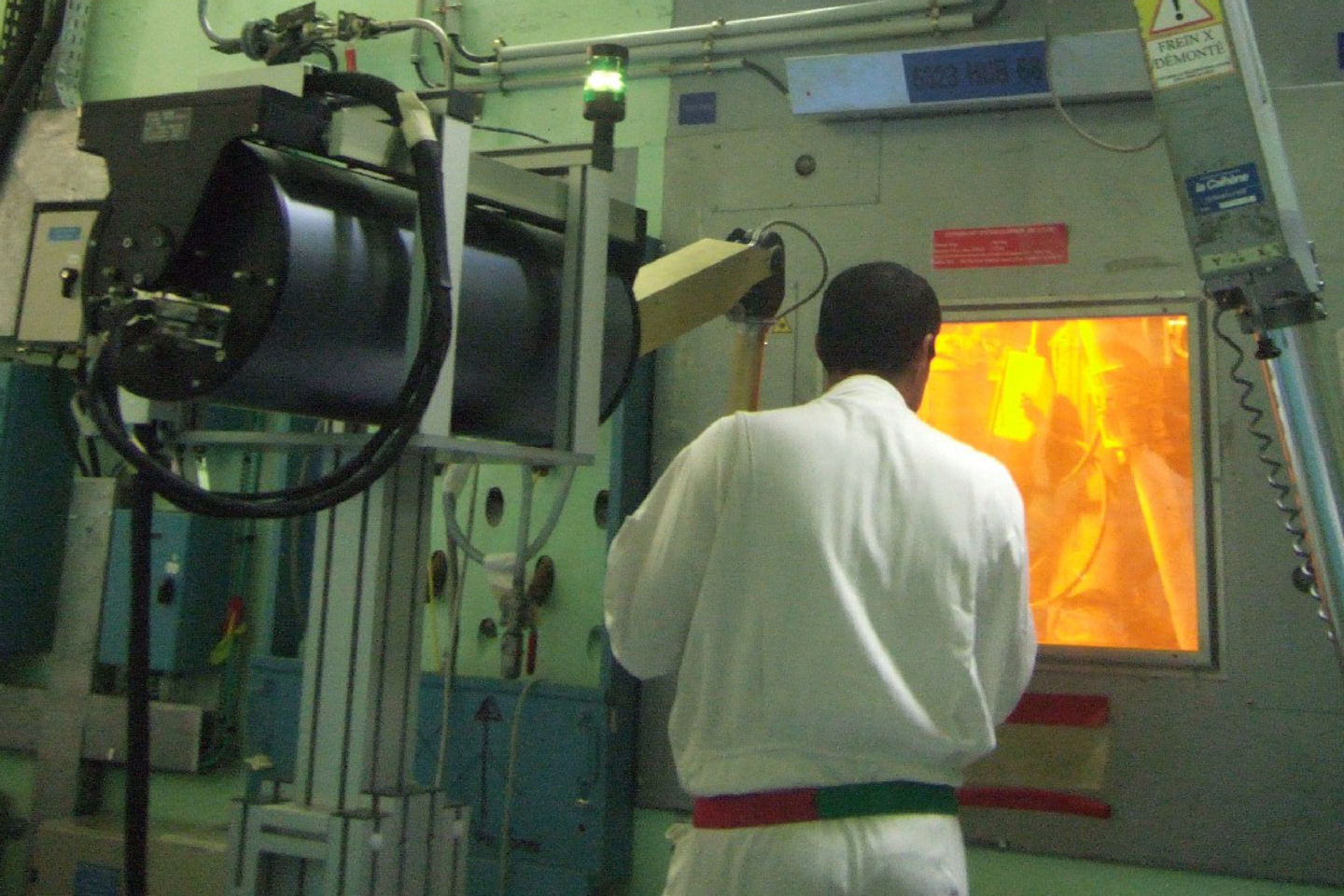Dangerous environments
Safety at work and the reduction of health risks are increasingly important factors in our society. Yet, dangerous and harsh environments are still plenty, some due to the nature of the company’s business, others due to the processes that are being performed. It is usually possible to plan and do things differently, but it involves sweeping changes that are not easy for companies to tackle, especially when the processes in place are well established.
At Haption, we have listed a number of industries that employ people to work in hazardous environments in their daily job:
- Chemical and petrochemical industries, in which human operators work in the presence of toxic and aggressive products
- Oil & Gas platforms, on which personnel are exposed to risks not only because of flammable products but also because of the height and mass of the equipment
- Steel industries, foundries, where operators manipulate items of high temperatures or machines with very high pressure capabilities
For those industries, telerobotic is bringing a novel way of keeping the human safe. By allowing the workers the use of a telerobotic system, they are not directly exposed to the danger anymore, while still being the one asked to use his knowledge and know-how to perform the job – not through his hands but through the robots. A number of reason tend in the direction of telerobotics.
Why fully robotic automation is not ready for everything?
Robotic automation has proven its capacity to perform millimetric precision tasks over thousands of times, and the automotive industry is one that has taken a great advantage of it. Yet, this solution requires a perfect planning of the process and the incapacity to deal with uncertainty or approximation; a minor change requires a time-consuming adaptation of the line or programming of the robot, which sometimes is even impossible. It also happens that the automated robot fails, involving the complete stop of a manufacturing line and a reboot.
Telerobotic is capable to answer to uncertainty or approximation. The user is always in control of what is happening, and through his cognitive skills and intelligence, can adapt to the situation in order to solve the task.
The human makes the decision
Oppositely to automated process where a line of programming is leading the action, a telerobotic system leaves the operator in full control of what is happening. Therefore, all movements are controlled by the human, leaving him to decide about each action.
In some industries, the aspect of human control is very important as Artificial Intelligence Systems or Automated Systems have not reached yet the level of performance of the human. When working with dangerous or hazardous materials, a human will be more adapted to perform the task, with the help of monitoring systems that will help him evaluate the situation before making any decision.







